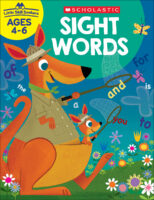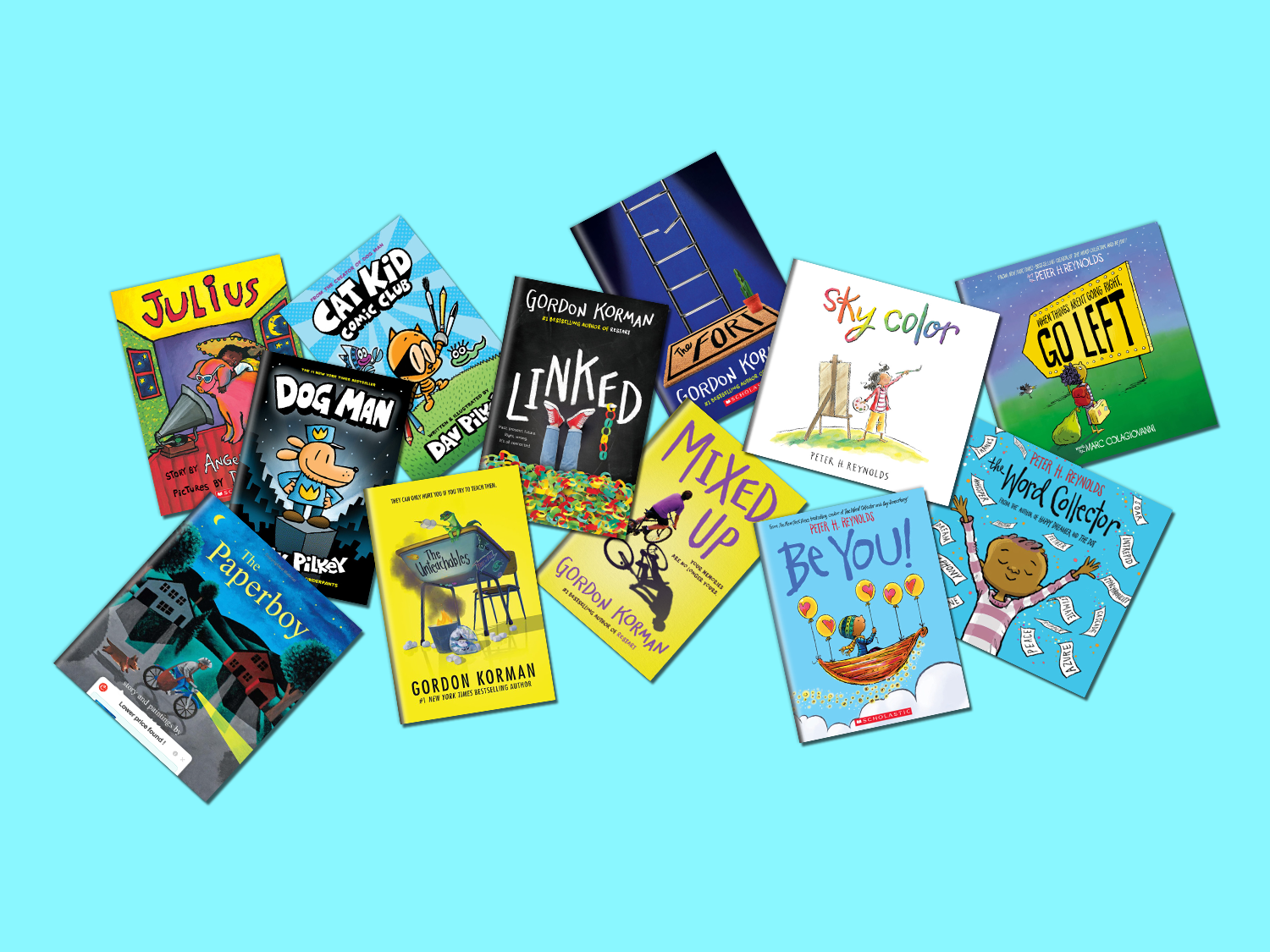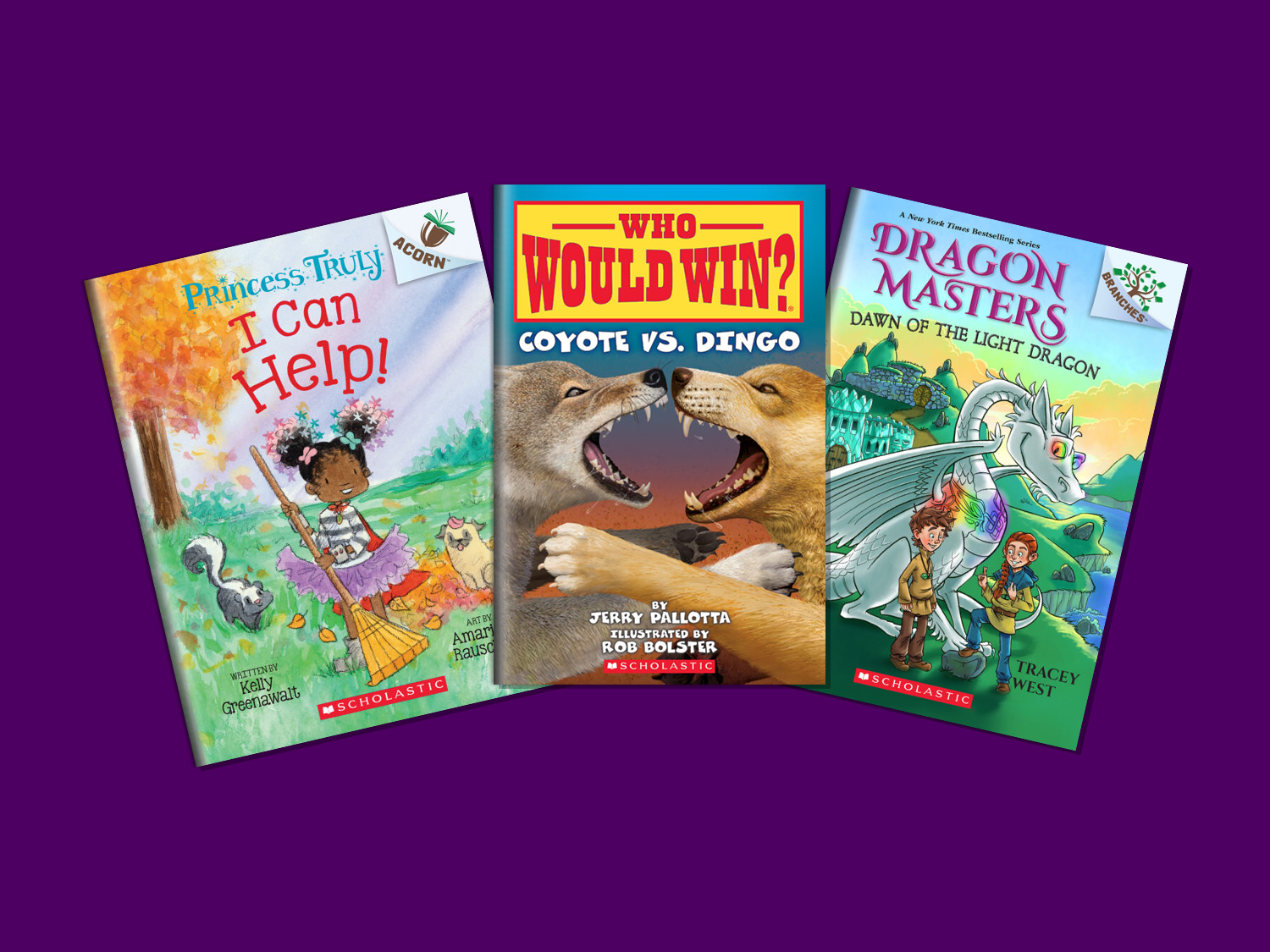Summer homework may start as early as elementary school, but you don’t have to do it the way it’s always been done! Veteran educators like third-grade teacher Alycia Zimmerman have spent time thinking about how to make summer homework meaningful and interesting enough that students buy in—and even want to do it.
Read on for Zimmerman’s summer homework game plan and ideas for how to make summer assignments more fun for everyone.
At the end of the school year, coordinate with the teachers of your incoming students to swap classes for a period. Introduce yourselves to your future students and build excitement for the fun and challenging learning ahead and the very “grown-up” summer homework you will assign.
“We’ve been far more successful in instilling the importance of our summer assignments when presenting about it face-to-face rather than just sending a packet of directions home cold,” says Zimmernan. “The students sit on the edges of their seats as we talk about the importance of summer reading and our certainty that they will do everything they can to 'keep their brains healthy, pink, and strong’ over the summer.”
Reading should be a treat, not a menial assignment, so Zimmerman doesn’t feel guilty about making reading the bulk of her summer homework. Here are some of her most effective strategies for promoting summer reading:
Have students fill out a log to keep track of the books and other texts they read over the summer. It isn’t necessary to require a certain number of books or specific titles. Simply ask that they find books they love and spend lots of time reading them.
Have your current students write book reviews of their favorite titles to send home with your rising students. Invite your current students to serve as reading ambassadors and speak to the younger students about the importance and joys of reading. When coming from slightly older peers, the message is very well received.
And of course: Sign your students up for the Scholastic Summer Reading Program! From May 9 to August 19, your students can visit Scholastic Home Base to participate in the free, fun, and safe summer reading program. As part of the program, kids can read e-books, attend author events, and keep Reading Streaks™ to help unlock a donation of 100K books from Scholastic – distributed to kids with limited or no access to books by Save the Children.
When considering other homework, the best options are activities that students will be motivated to do because they’re entertaining.
Give your incoming students the “everything is better in moderation” speech so they understand that they shouldn’t play hours of computer games every day this summer. If possible, send them home with printable and book-based packs to polish their skills for the year ahead (you can even pair these with your own assignments):























